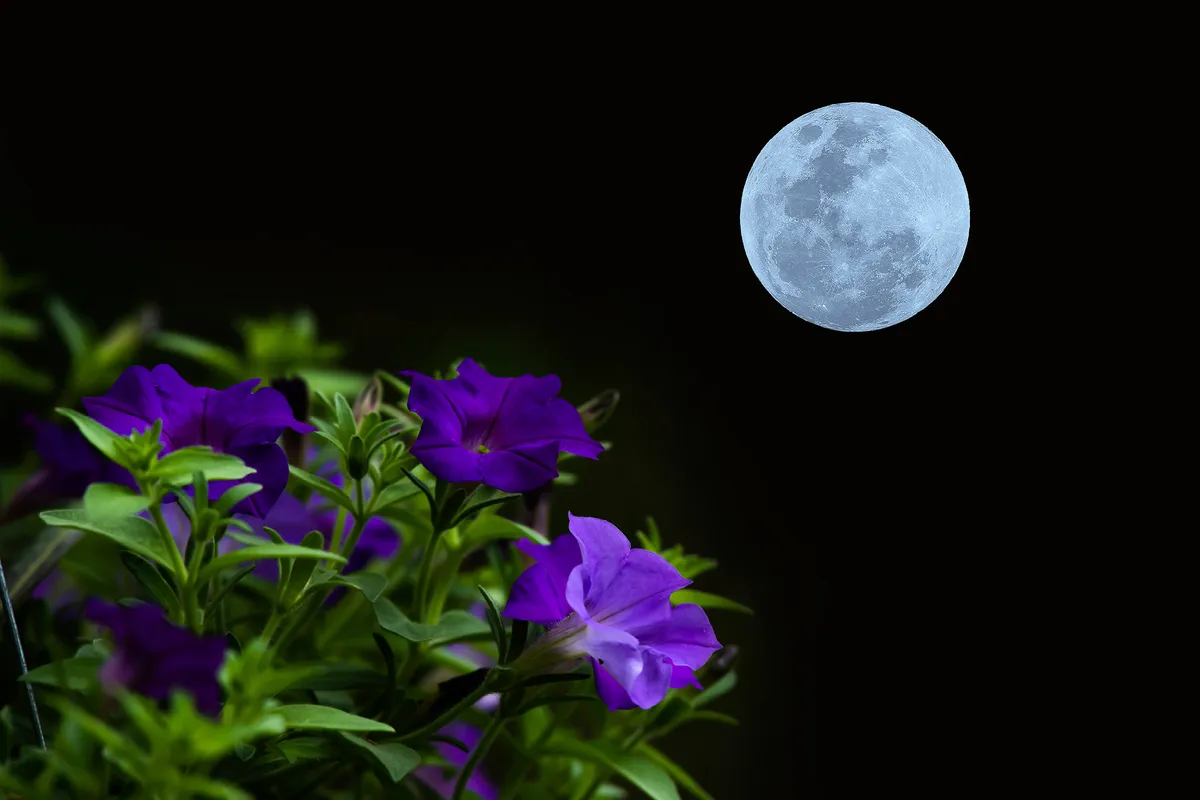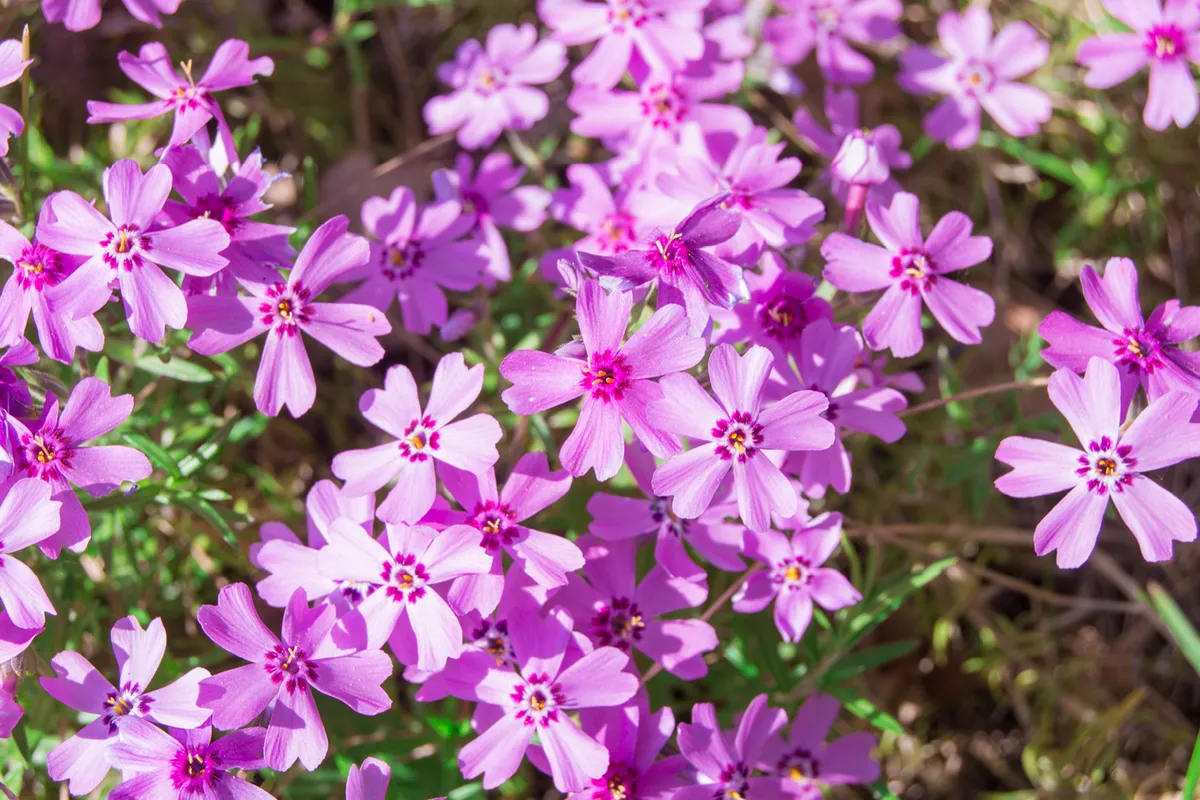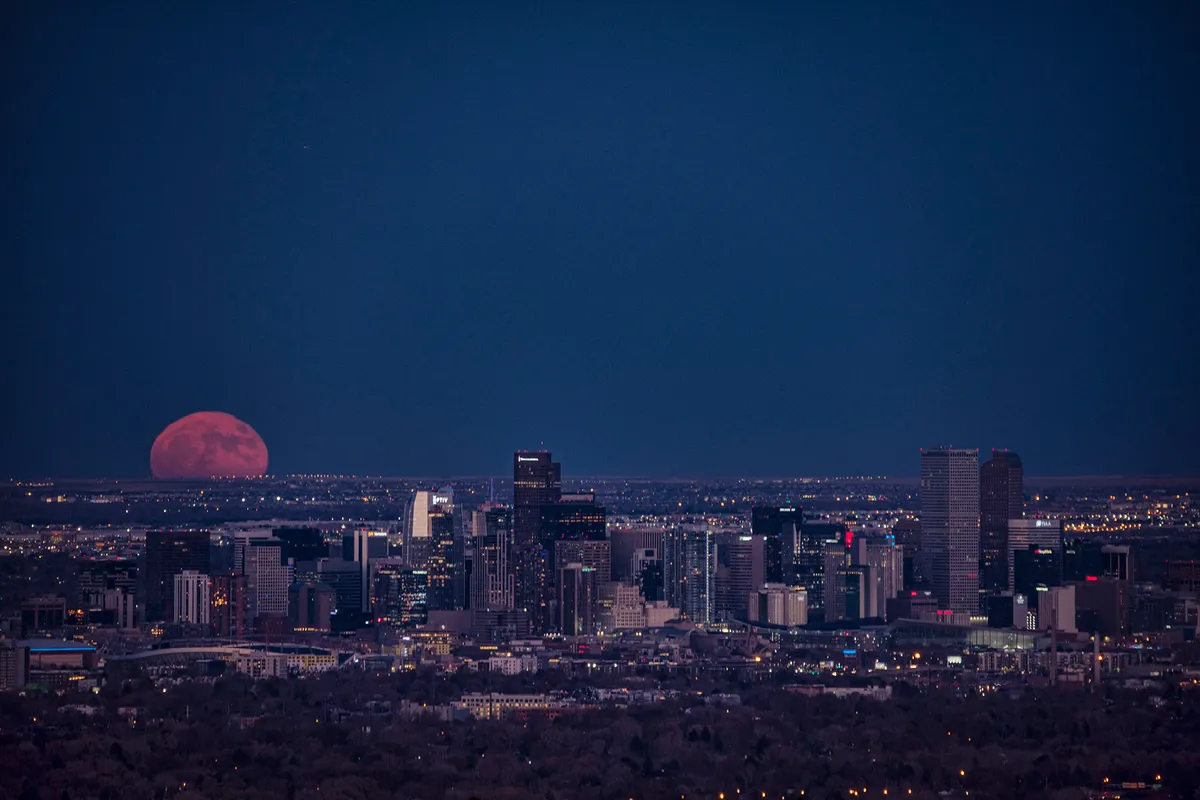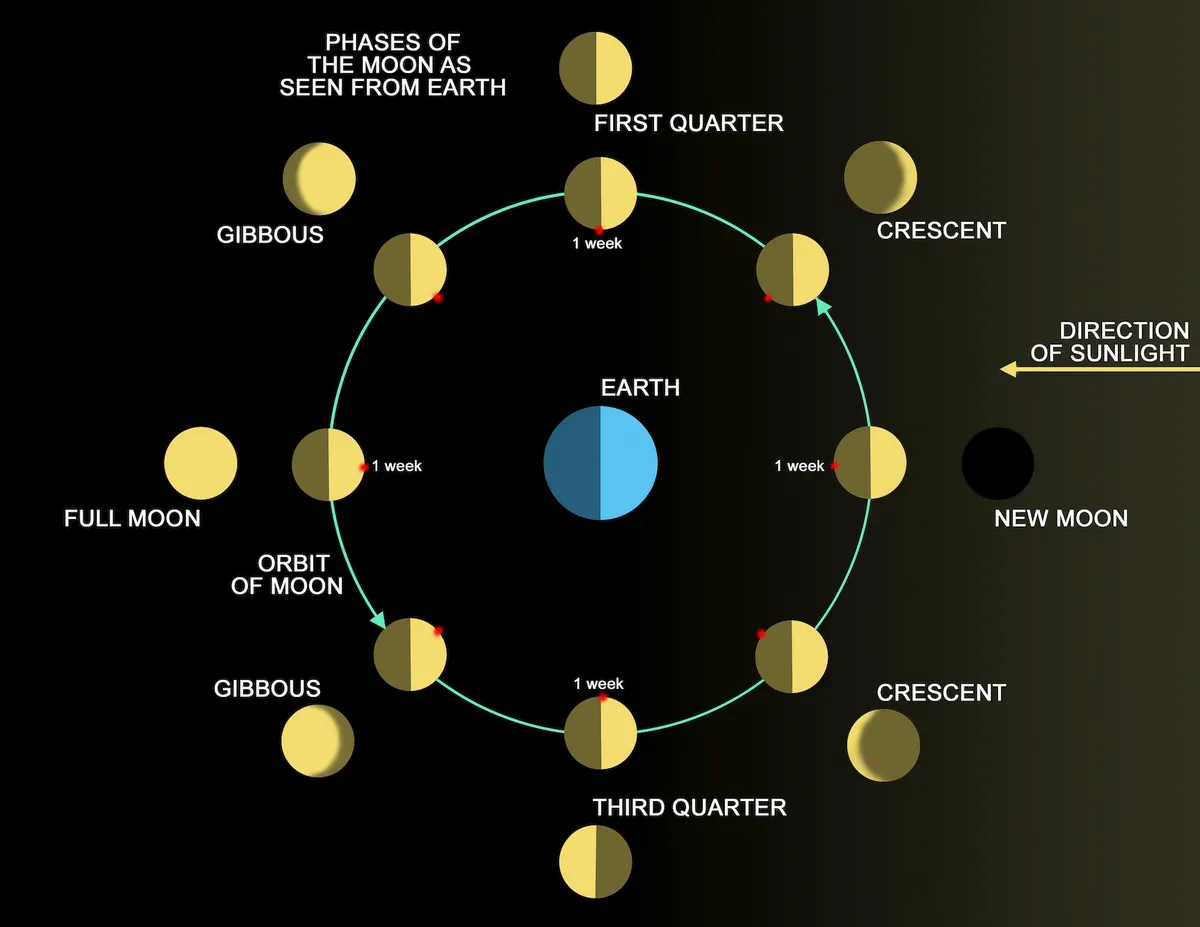Most of the planets are fairly low in the sky at the moment, and if you’re up early on 20 April you’ll be able to see Jupiter, Venus, Mars and Saturn line up with a waning crescent Moon, just before dawn. But if you can’t quite drag yourself out of bed that early, the Pink Moon should provide us with an excellent viewing opportunity this week, weather permitting.
But when exactly can you see the Pink Moon? Will it actually be pink? And, which constellation will it appear in? Answers to this, and more, are below.
For those who missed it, you can check out our fantastic gallery of the best Wolf Moon pictures, the first full Moon of 2022. If you’re looking forward to clear nights this year, why not plan ahead with our full Moon UK calendar and astronomy for beginners guide?

When can I see the Pink Moon 2022?
The Pink Moon can be seen rising on Saturday 16 April 2022 in the UK and around the world. The Pink Moon will pass 5.1° north of Spica, the brightest star in the constellation Virgo.
On Saturday 16 April, from London, the Pink Moon will rise at 7:45pm from the east-southeast and set at 6:27am the next morning in the west-southwest.
The Pink Moon will reach peak illumination at 7:55pm on the evening of Saturday 16 April, which means that it will be very low on the horizon when it reaches syzygy. This only occurs for a moment and happens when the Moon is directly between the Sun and the Earth. As the full Moon will occur minutes after moonrise, it could mean that we’re in for an Easter treat, as it will likely appear more yellow or orange than a full Moon that has risen higher. More on why this occurs this below.
The best time to see the Pink Moon will be soon after moonrise, or later in the evening when it has risen slightly higher above the horizon.
If you are unable to see the Pink Moon at its peak, it will also appear full on Easter Sunday, as well as the night before on Good Friday 15 April.
The Pink Moon is the first full Moon of spring.
Why is it called the Pink Moon?
The name Pink Moon is thought to derive from pink flowers, particularly phlox (Phlox subulata), which starts to bloom in the spring and into the summer. Phlox is a plant that is native to eastern North America (apart from a single species that is native to north-eastern Asia), and it’s thought that the name Pink Moon originates from the 1930s when the Maine Farmer’s Almanac began publishing names for each full Moon in the year. Since then, these names have gained popularity and are now used around the world.

Will the Pink Moon actually be pink?
Sadly, no. However, if we are afforded a good view and the clouds hold, the Moon might appear with a yellow or orange hue, as it reaches ‘full’ only a few minutes after moonrise, when the Moon is still low on the horizon.
But this has nothing to do with its name. When the Moon is low in the sky, the light has a longer distance to travel, so the shorter wavelengths of light are scattered – these are the violets and blues. The longer, redder wavelengths remain (red being the colour of visible light with the longest wavelength), so the Moon takes on a more yellowy-orange colour when it’s nearer the horizon.
If there is dust or pollution in the air, then this can make the Moon look redder still. Remember when Storm Ophelia hit in 2017? The ex-hurricane dragged in tropical air and dust from the Sahara, which combined with debris from forest fires in Spain and Portugal to give us the impression of sunset at midday, here in the UK. A similar effect happened in March of this year, when a plume of Saharan dust turned the skies orange.
Other April full Moon names
The Pink Moon also goes by the names Sprouting Green Moon, Fish Moon or Hare Moon.
Sprouting Green Moon refers to the fresh, green shoots that make their appearance in spring, giving us a landscape of light green buds over the previously bare branches. In Northern America, as the rivers begin to thaw and fish become easier to catch, this has given rise to the name Fish Moon.

As with most other creatures, hares become active once again at this time of year, and this has led many to adopt another name for the April Moon, the Hare Moon. You may have noticed a few in the fields and along grassy verges. For most of the year, hares are usually solitary creatures – but come March/April, you’ll see the females standing on their hind legs, boxing like champions to ward off the unwanted advances of the males. It is this behaviour, which, perhaps unfairly, has given rise to the expression ‘mad as a March hare’.
This year, the April full Moon can also be called the Paschal Full Moon, but it’s not always.
This is because Easter is determined to be the first Sunday after the full Moon, following the spring equinox. The spring equinox in 2022 occurred two days after the full Moon, meaning we had to wait until April to have Easter. Therefore, if the spring equinox occurs immediately before the March full Moon, the Paschal full Moon will occur in March.
The name ‘paschal’ originally derives from the Hebrew word, pesach, which became the Greek word pascha. We know it as Passover, an important festival in the Jewish calendar.
Is the Pink Moon in 2022 a supermoon?
No, the Pink Moon 2022 is not a supermoon.
A supermoon occurs when the Moon, which orbits the Earth in an elliptical orbit, is at the perigee, its closest point to Earth along this orbit. When the Moon reaches perigee at the same time as a full Moon, it appears larger and a little brighter than an average full moon and we get a supermoon. The technical term for supermoon is a perigee syzygy Moon.
And the opposite is also true. When the full Moon is at the furthest point away from Earth along this orbit, the apogee, we get a micromoon as the Moon appears smaller.
The first supermoon of 2022 will be 14 June 2022, the Strawberry Moon.
Why does the Moon look big if it’s not a supermoon?

During moonrise and moonset, the Moon can look much bigger when it’s on the horizon. This is known as the ‘Moon Illusion’, but unfortunately, it’s just our human eyes playing tricks. The jury is still out on why this occurs, but a favoured theory is that our brain will compare the Moon with distant objects on the horizon (such as buildings or masts) and fool us into thinking it’s much larger.
How often do full Moons occur?
Full Moons occur, on average, every 29.53 days (29 days, 12 hours, 44 minutes and 3 seconds – to be precise). This is how long it takes the Moon to orbit the Earth and complete one lunar phase cycle, when measured from new Moon to new Moon. This is also known as a synodic month.
There are 12 full Moons in a year, which are the result of the Moon being completely illuminated by the Sun’s rays. This happens when the Earth is located directly between the Sun and the Moon.

The next full Moon, and the second full Moon of spring, will occur on 16 May 2022. And if you’re into astrophotography, you might want to mark this one in your calendars. A total lunar eclipse will be visible over parts of Europe and Africa, most of North America and all of South America. Although we won’t be able to see all of the eclipse from the UK, we will be able to see it at totality when the entire Moon will turn red.
This May full Moon goes by many different names, including Flower Moon, Blossom Moon, Corn-planting Moon and Milk Moon. The Cheyenne of the Great Plains also called the May full Moon, the ‘Moon when the horses get fat’.
Is a full Moon always at 100 per cent illumination?
Not always! Sometimes a full Moon will only appear 99.9 per cent illuminated. This is because the Moon orbits the Earth at a slightly inclined angle of 5°, when viewed in relation to the Earth’s orbital plane, called the ecliptic. If the full Moon occurs when our satellite is above or below the ecliptic, then that angle reduces the percentage of illumination by a fraction.
Discover more about the Moon: